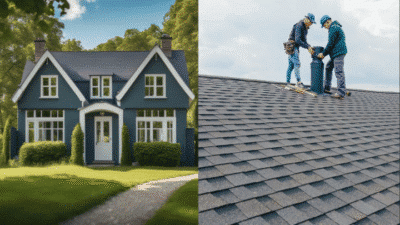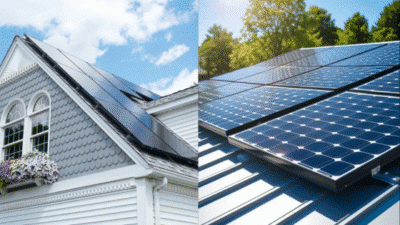
If you’re redesigning a commercial space today, you’re probably not just being asked to pick the right colors and finishes. That’s the easy part. With growing climate concerns, evolving workplace needs, and tighter resource expectations, you’re likely under pressure to make smarter, more future-proof decisions—especially when it comes to how the space functions over time. And storage plays a foundational role in that equation. After all, businesses can’t afford wasteful, rigid storage systems that age out in three years.
So what do you actually need? Storage solutions that adapt, last, and still look and perform like they were installed yesterday. How do you get there? By the end of this article, you’ll have a clear understanding of what durable, flexible, and sustainable storage really looks like and how to design for long-term performance without compromising your environmental standards or your budget.
Storage Systems Need to Be More Than Just “Sturdy”
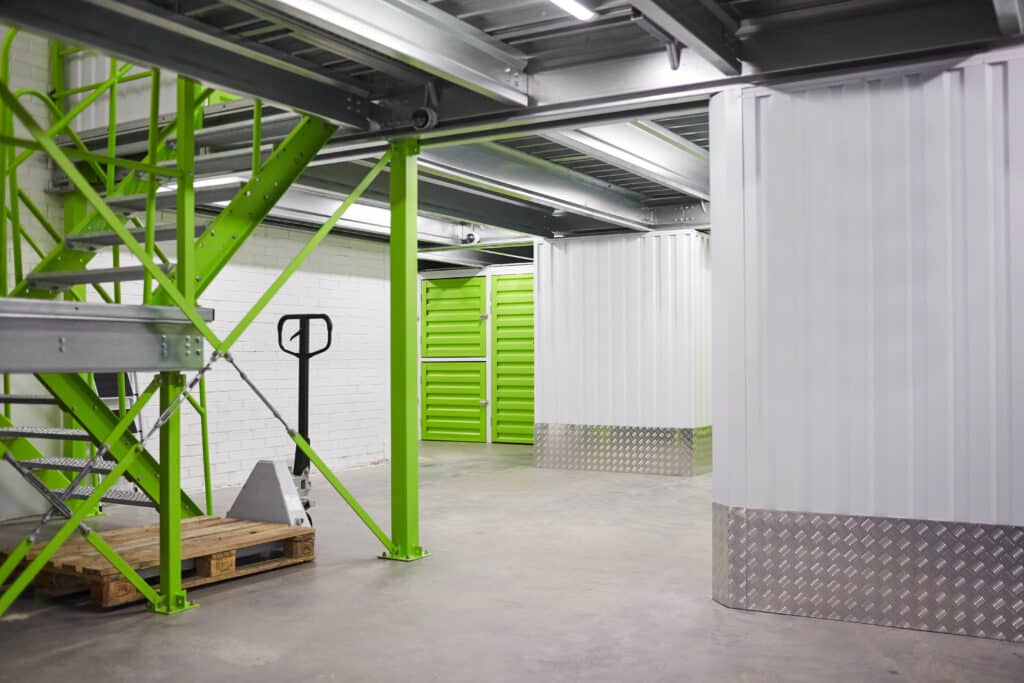
When you’re looking for or designing an efficient and sustainable storage solution, you can’t stop at “durable, able to hold enough stuff” criteria. Those are the bare basics. What you need are systems that work much harder than that, meaning systems that adapt, endure, and save you from the cost of repeated replacements (both financial and environmental). In essence, choosing a high-quality commercial storage solution should be less about checking boxes for durability and more about long-term lifecycle value.
But how do you spot quality? For starters, look for products built from corrosion-resistant materials with modular frameworks. These offer not just strength, but also the freedom to scale up, reconfigure, or relocate without sending obsolete components to landfill. When evaluating vendors, choose those that prioritize recyclability, low-emission manufacturing, and transparency in sourcing. Suppliers like storagerack.com are great examples of this as they offer racks and storage systems built with long-term utility in mind: strong welds, flexible layouts, and, equally important, compatibility with evolving operational needs.
There are many other options to consider, of course, but we picked this one because they offer warehouse racking at reasonable prices. But feel free to do your research!
Look at Flexibility As a Business Advantage

Let’s say your (or your client’s) business grows. Alternatively, it downsizes, or somehow changes functions entirely. The storage you chose shouldn’t lock you into a layout that only worked for version 1.0 of your operation. This is why rigidness is to be avoided. Modular racking, adjustable shelving, and mobile units, on the other hand, are what you need. They can give you freedom to iterate without major renovations or sending materials to waste.
For example, systems that use standardized frame widths and shelf depths allow teams to shift configurations as inventory types or workflows change. If you’re designing for a client or your own brand, this can mean less downtime, more consistent performance, fewer material purchases, and therefore lower costs.
We have stats to back our claims up: according to McKinsey & Company, modular design strategies can reduce renovation costs by up to 20%, largely by minimizing material waste. That’s a significant drop in landfill impact and, equally important, a real cost-saving lever for future projects.
Try to Marry Efficiency and Sustainability
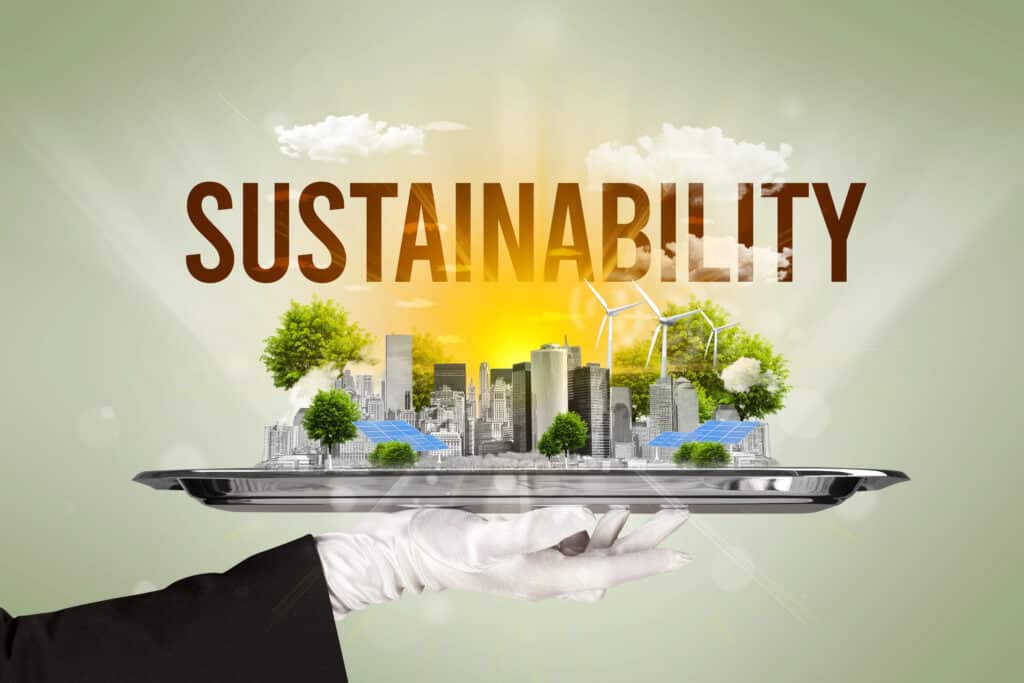
Too often, there’s an assumption that going green means compromising on performance. In commercial storage, that’s just not true. Efficient layouts reduce square footage needs, which directly impacts heating, cooling, and lighting requirements. Better-designed racks also mean faster retrieval, less damage, and fewer mistakes, which, over time, contribute to measurable cost reductions and higher throughput.
Basically, you want the kind of storage that serves operational efficiency while supporting your sustainability goals, without constant patchwork fixes.
Don’t Underestimate the Role of Suppliers
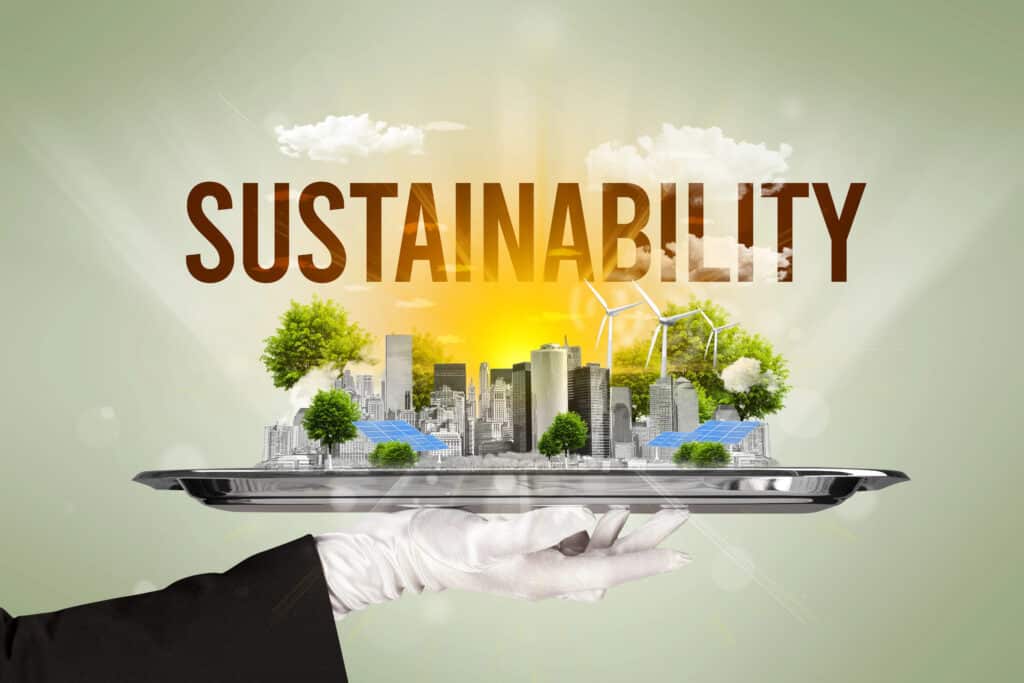
Your choice of supplier is of immense importance. Partnering with a vendor who offers consistent inventory, support for reconfiguration, and smart product lifecycles is always best, as it can greatly simplify future upgrades.
You want to look for suppliers who don’t just sell racks, but help you think through adaptability, load variation, and compliance (and if they offer CAD blocks, 3D models, or layout planning tools, that’s even better).
What Will This Look Like in 10 Years?
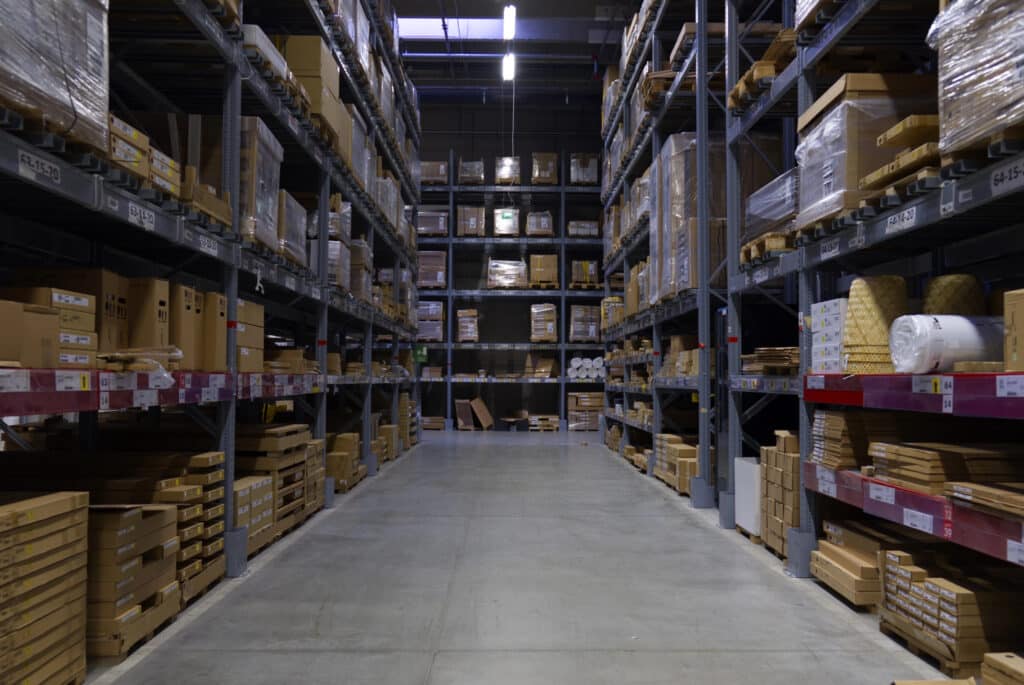
You wouldn’t install flooring that disintegrates in three years, so why compromise on storage systems that do the same? It makes zero sense. High-quality racks and shelving systems, especially those tested for long-term load capacity and backed by manufacturers who stand behind their warranties, are the path forward, as this is what will contribute to lower replacement cycles and reduced environmental impact.
The right choices here also reflect well on you, whether you’re the business owner or the designer managing the fit-out. Stakeholders increasingly pay attention to lifecycle value and design foresight. So, designing for long-term use isn’t just fiscally smart, it shows you’re great at strategic thinking.
- 0shares
- Facebook0
- Pinterest0
- Twitter0

